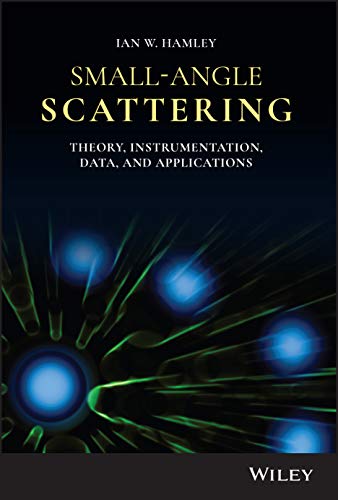

Most ebook files are in PDF format, so you can easily read them using various software such as Foxit Reader or directly on the Google Chrome browser.
Some ebook files are released by publishers in other formats such as .awz, .mobi, .epub, .fb2, etc. You may need to install specific software to read these formats on mobile/PC, such as Calibre.
Please read the tutorial at this link: https://ebookbell.com/faq
We offer FREE conversion to the popular formats you request; however, this may take some time. Therefore, right after payment, please email us, and we will try to provide the service as quickly as possible.
For some exceptional file formats or broken links (if any), please refrain from opening any disputes. Instead, email us first, and we will try to assist within a maximum of 6 hours.
EbookBell Team

4.7
76 reviewsA comprehensive and timely volume covering contemporary research, practical techniques, and theoretical approaches to SAXS and SANS
Small-Angle Scattering: Theory, Instrumentation, Data, and Applicationsprovides authoritative coverage of both small-angle X-ray scattering (SAXS), small-angle neutron scattering (SANS) and grazing incidence small-angle scattering (GISAS) including GISAXS and GISANS. This single-volume resource offers readers an up-to-date view of the state of the field, including the theoretical foundations, experimental methods, and practical applications of small-angle scattering (SAS) techniques including laboratory and synchrotron SAXS and reactor/spallation SANS. Organized into six chapters, the text first describes basic theory, instrumentation, and data analysis. The following chapters contain in-depth discussion on various applications of SAXS and SANS and GISAXS and GISANS, and on specific techniques for investigating structure and order in soft materials, biomolecules, and inorganic and magnetic materials. Author Ian Hamley draws from his more than thirty years’ experience working with many systems, instruments, and types of small-angle scattering experiments across most European facilities to present the most complete introduction to the field available. This book: Small-Angle Scattering: Theory, Instrumentation, Data, and Applicationsis a valuable source of detailed information for researchers and postgraduate students in the field, as well as other researchers using X-ray and neutron scattering to investigate soft materials, other nanostructured materials and biomolecules such as proteins.